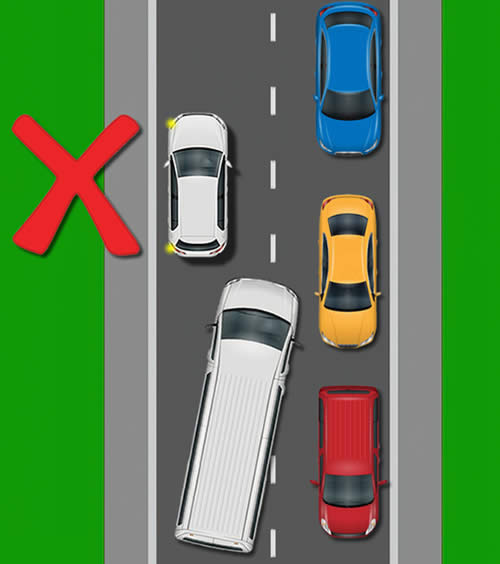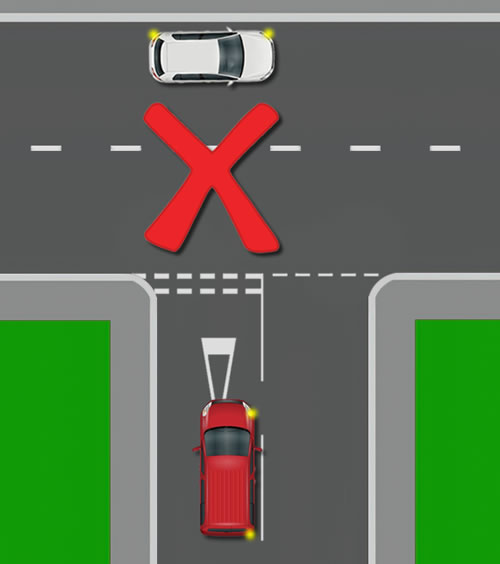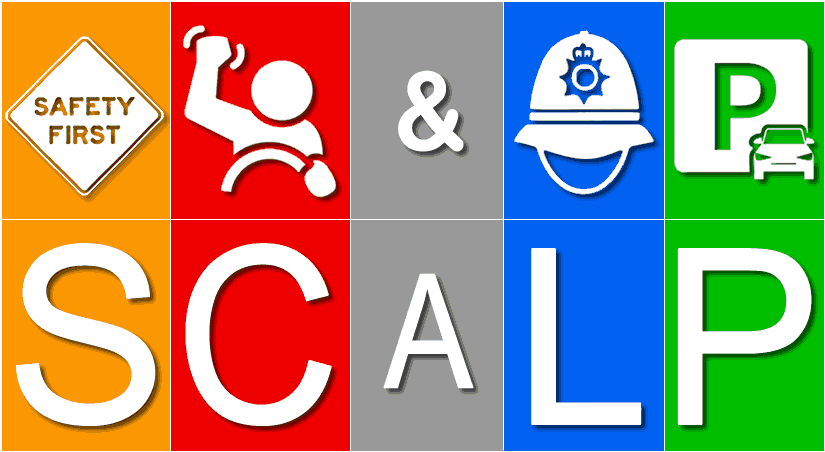Pulling up on the left or right is a procedure carried out many times during a driving test. For test candidates, it’s often stressful because there’s lots to do, but in a very short amount of time and each time you park up, it’s a little different from the last. When learning to drive, we need to practice pulling up on the left from as early on as possible. The more practice and experience, the better and a process we use is called SCALP.
What Does SCALP Stand for in Driving?
SCALP stands for: Safe, Convenient and Legal Position. SCALP is a procedure used by almost all driving instructors as a means to help learner drivers remember what they need to do when pulling up at the side of the road.
Pulling up at the Side of the Road on a Driving Test
During a driving test, examiners will ask you to pull up at the side of the road for a variety of reasons including:
- To assess your ability to pull up and move off safely
- To carry out a manoeuvre
- To carry out a hill start
- To move off from behind a parked vehicle (angle start)
There are two ways that the examiner will ask you to pull up at the side of the road:
- To park, when you’re ready, somewhere safe and convenient (SCALP)
- To park somewhere specific
If the examiner asks you to park somewhere safe and convenient, it means that it’s up to you to choose a place that is safe, convenient and legal. The examiner is always going to check that you properly carry out the Mirror, Signal, Manoeuvre (MSM) routine and that you provide any road users behind with enough time to react.
Alternatively, the examiner may ask you to park somewhere specific. The examiner will never ask you to park somewhere illegal or unsafe, but they may ask you to park in front of a person’s driveway. That’s fine, just do as the examiner asks. Now let’s examine in a little more detail about the SCALP procedure and how to do it.
Safe
What are we looking for in a safe place to stop? When we stop either on the left or right-side of the road, we need to ensure that it’s not only safe for us, but also for other road users.
Stopping on the brow of a hill, whilst not illegal, it wouldn’t be safe for overtaking drivers because they many not have a clear view of the road ahead. Additionally, for the same reason, stopping before or on a sharp bend can make it hazardous to passing traffic.
Convenient
Make parking convenient for yourself by not stopping too close to another parked vehicle ahead. There’s little point in giving yourself more work by having to reverse before moving off again.
But when we’re talking about ‘convenient’, we’re really talking about other road users. Unless it’s a particularly wide road, try to avoid parking directly opposite a vehicle that’s parked on the other side of the road. A large vehicle such as a bus may not fit through the gap and you may end up blocking the road.

Avoid parking opposite a junction as this can make it difficult and hazardous for drivers exiting the junction and avoid stopping in front of a person’s driveway unless specifically asked to by the examiner.

Legal
It goes without saying that if you do anything illegal during your driving test, there’s a good chance you’ll fail. You’ll need to make sure you don’t park on double yellow lines, single yellow lines (within restriction times), zig zag lines, bus stops and no closer than 10 metres to a junction.
What Does the Examiner Want to See?
The examiner wants to see you make good, effective use of mirrors and to signal if necessary. What a lot of test candidates do is rush parking up and get things wrong. Take your time, scan the road ahead for a safe, convenient and legal place to park and react accordingly to what’s going on in your mirrors.
If there are vehicles following you, after signalling, give them enough time to safely react to you slowing down and pulling over. As you head over towards the kerb, keep it slow so as to avoid hitting it and once you’ve stopped, secure the car with the parking brake and cancel the signal if you applied one.
Moving Off and Stopping
For the correct test standard procedure on moving off and stopping in an automatic car, see:
